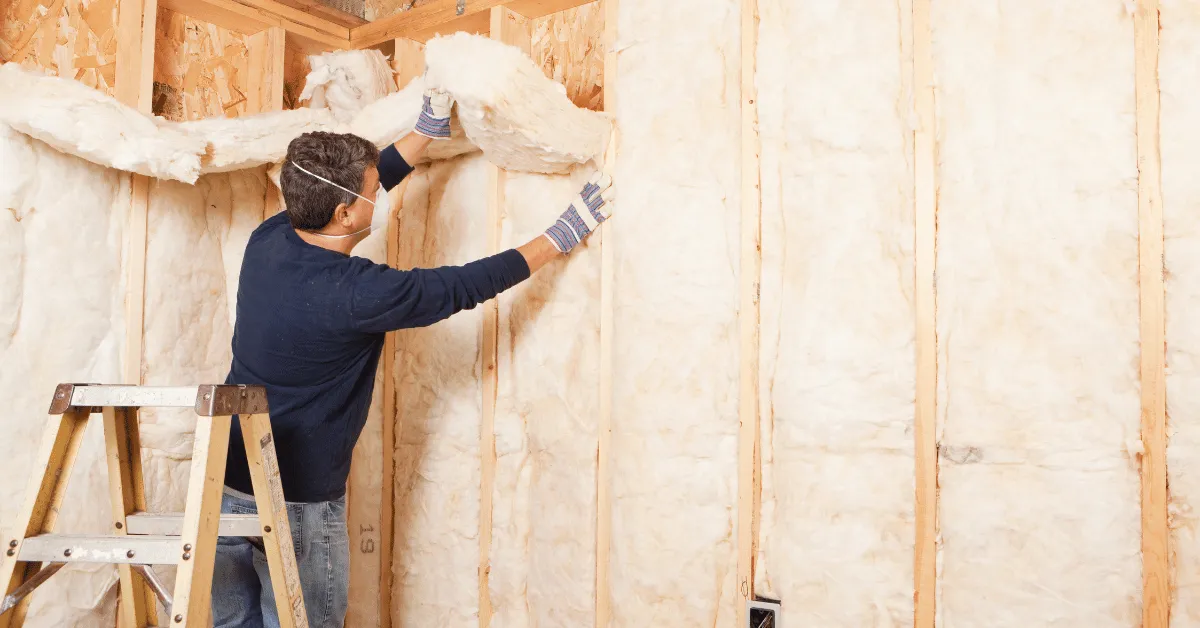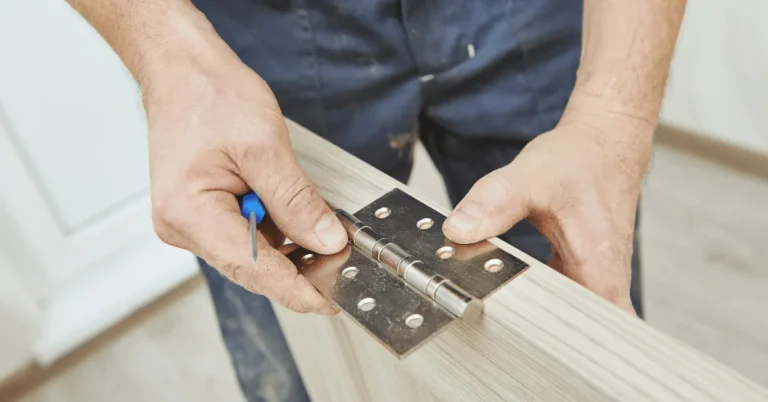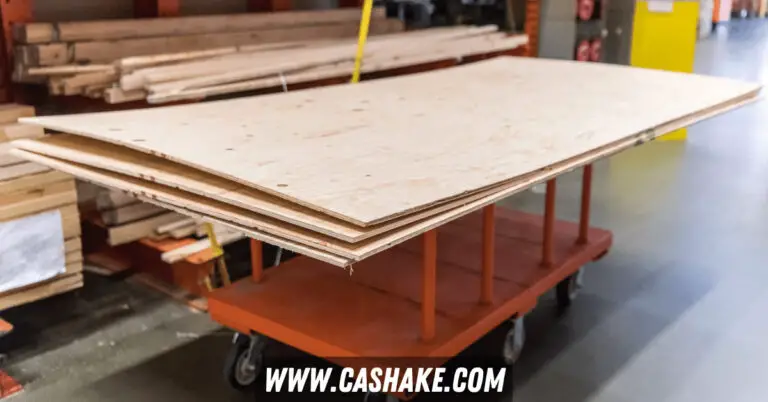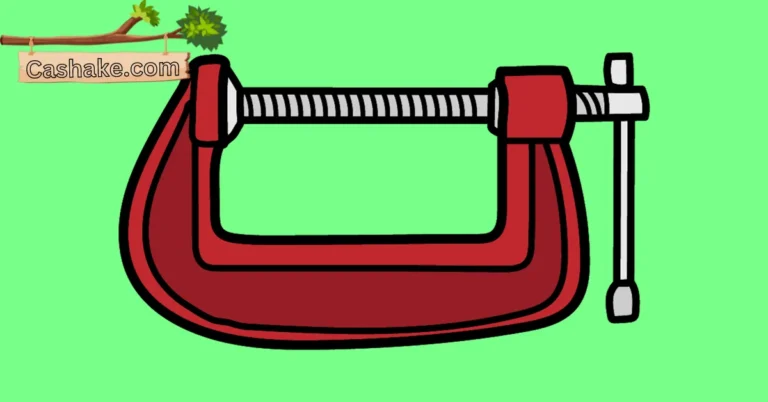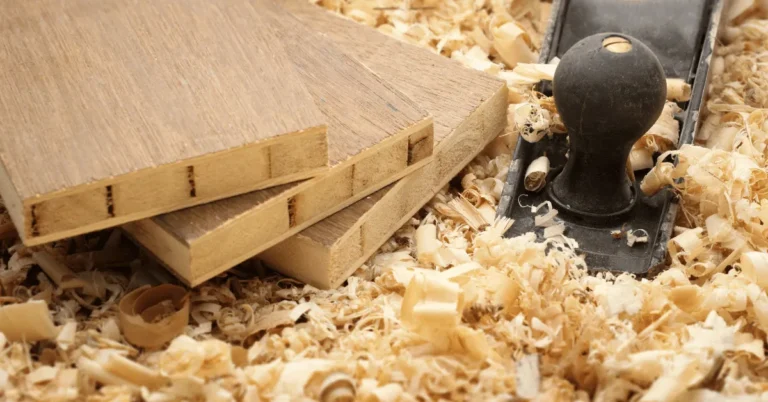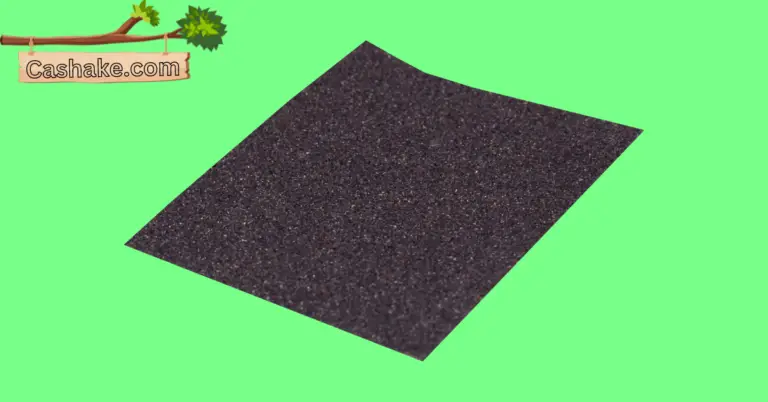Can You Use Wood Filler on Fiberglass? (A Comprehensive Guide 2023)
When you’re fixing up or sprucing up fiberglass surfaces, you might wonder if wood filler is up to the task.
Fiberglass is pretty tough stuff, so when you’re dealing with gaps and blemishes, you’ve got to handle it right.
In this article, we’ll chat about whether wood filler plays nice with fiberglass. Plus, we’ll throw in some other ways to patch things up and get that smooth, flawless look.
Get ready to learn the ropes and figure out the wood putty vs. wood filler showdown for your fiberglass projects. We’re diving deep into the world of fiberglass fixes to answer the burning question: Can You Use Wood Filler on Fiberglass?
Key Takeaways
- Use wood filler on fiberglass for minor imperfections and holes.
- Choose high-quality filler compatible with both wood and fiberglass.
- Sand after drying for a smooth finish on fiberglass repairs.
- For major damage, opt for epoxy-based fillers or polyester resins.
- Prioritize safety with ventilation, protective gear, and proper disposal.
- Avoid body filler; it’s not ideal for fiberglass surfaces.
- Epoxy fillers are best for filling holes in fiberglass.
- Wood putty is for wood; use wood filler for fiberglass.
- Paint over dried wood filler for a seamless look.
- Eco-friendly wood fillers are available for conscious consumers.
Can you use wood filler on fiberglass?
Sure thing! You can totally apply wood filler on fiberglass surfaces to fix those tiny flaws and gaps. But hey, be a bit careful, okay?
Now, here’s the deal – while wood filler does a decent job on fiberglass, it might not be the best call for bigger or structural fixes.
But for those little beauty touch-ups and tiny dents, wood filler can totally get the job done. Just pick a top-notch wood filler that plays nice with both wood and fiberglass. Oh, and don’t forget to give it a good sanding after to keep things smooth. Easy, right?
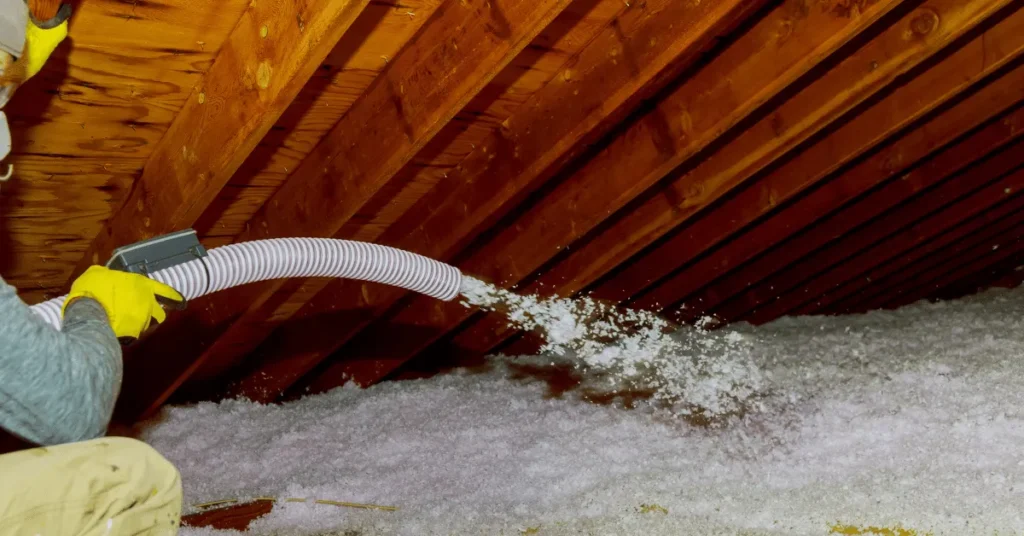
When you’re dealing with bigger fixes or some serious structural stuff, it’s time to check out other options tailor-made for fiberglass repairs.
Think epoxy-based fillers or polyester resins; they’re the go-to for tougher and longer-lasting fixes on fiberglass surfaces.
Read More: Can you put screws in wood putty?
How to use wood filler on fiberglass?
Using wood filler on fiberglass? Piece of cake! Let me break it down for you:
Prep the Surface: Get that fiberglass spot all clean, dry, and dust-free. It’s the secret to a super-smooth finish.
Pick the Right Filler: Grab a top-notch wood filler that’s buddies with both wood and fiberglass. Just check the label for the compatibility deets.
Fill ‘Er Up: With a putty knife or spatula, slather that wood filler where it needs to go. Fill those gaps and dents until it’s all nice and level.
Smooth It Out: After applying, give it a good smoothing with your trusty knife or spatula. This step’s all about making it look neat and tidy for the final touch-up.
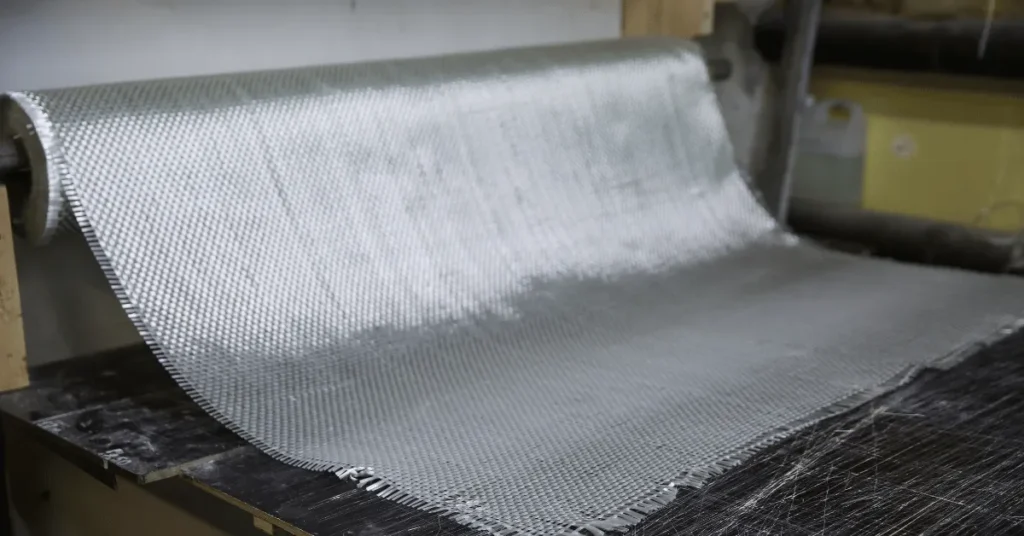
Now, the waiting game: Let that wood filler chill and dry, following what the product label says. Patience is the name of the game, as drying times can vary.
Once it’s all good and dry, get your hands on some fine-grit sandpaper. Carefully sand that repaired area, aiming for a silky-smooth finish. You want it to blend seamlessly with the rest of the fiberglass.
Feeling satisfied with the smoothness? Awesome! If you’re up for it, go ahead and slap on some paint or a protective coating. It’ll not only make it look great but also keep it looking sharp for the long haul.
Quick reminder: Keep the air flowing and stick to those safety tips on the product label. Safety first!
Big Tip For You
For the little stuff, like minor touch-ups and tiny dents, go ahead and grab some wood filler.
But when the job’s a biggie or it’s all about structure, turn to epoxy-based fillers or polyester resins – they’re the fiberglass champs.
Oh, and always keep safety in mind, pick the right gear, prep that surface well, and you’ll nail that fiberglass project. Cheers!
What safety precautions are required?
When you’re dabbling with wood filler on fiberglass, keep these safety basics in your back pocket:
Fresh Air: Find yourself a breezy spot. Good ventilation is key. You don’t want to be breathing in fiberglass dust or filler fumes. Crack those windows, head outdoors if you can – let that air flow!
Gear Up: Get your safety swag on – safety goggles, a trusty dust mask, and some disposable gloves. They’re your shield against any potential trouble like splinters, dust, or funky chemicals that might decide to join the party.
Hands Off: Here’s a no-brainer – don’t touch the uncured wood filler with your bare hands. Some fillers pack skin-irritating chemicals, so gloves are your skin’s best friends in this game.
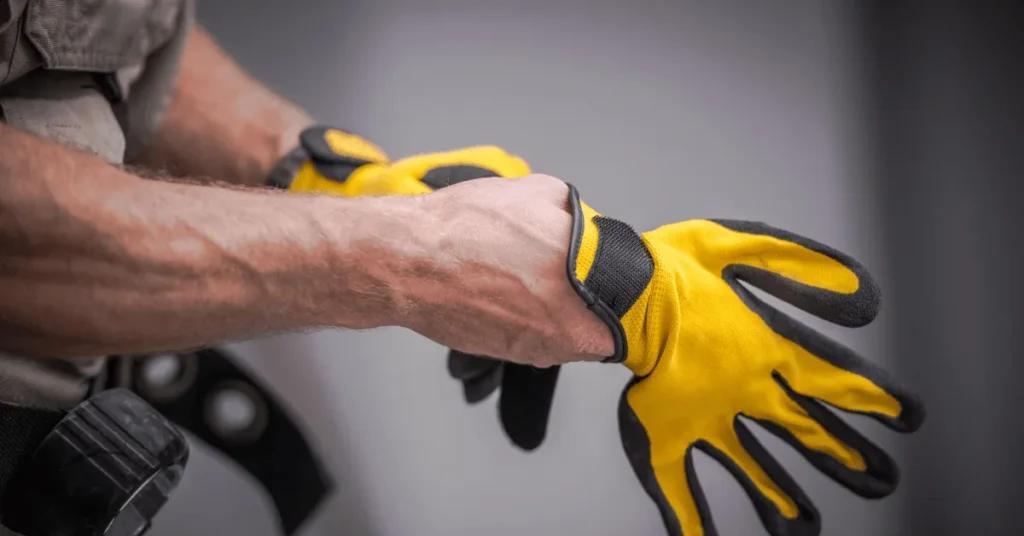
Here’s the lowdown: Check out what the manufacturer’s got to say. Give those instructions and safety rules a once-over for the particular wood filler you’ve got in hand. Different fillers, different rules – just roll with what they recommend. Easy peasy!
Read More: Can you screw into plastic wood filler?
Let’s wrap things up the right way:
Trash Talk: Chuck those used gloves and such following your local rules. Don’t toss them into regular trash if they’re loaded with potentially nasty stuff.
Kid-and-Pet-Free Zone: While you’re in the repair groove and the filler’s doing its drying dance, make sure the little ones and furry pals steer clear. No accidental touchy-touchy.
Cleanup Crew: When you’ve nailed the repair job, give your workspace a good once-over. Wipe off the extra wood filler and dust with a damp cloth. And don’t forget to give those used materials a proper send-off.
Stick to these tips for a safer and more enjoyable DIY ride with wood filler and fiberglass. Safety’s the name of the game!
How do you fill holes in fiberglass?
Alright, let’s talk hole-filling in fiberglass. Here’s the deal:
Epoxy Magic: You’ve got epoxy-based fillers. They’re like the pros of fiberglass fixes. Slap that epoxy filler in the hole, make it smooth, and let it cure – follow the instructions, though. Once it’s all cured up, give it a good sanding for that flawless finish.
Polyester Power: Another option is polyester resin. It’s pretty cool, just like epoxy. Works wonders for filling holes in fiberglass. But, remember, use these materials where the air is fresh, and don’t skimp on the safety stuff.
There you have it, your hole-filling buddies for fiberglass repairs!

Epoxy-based fillers and polyester resin – both ace choices for patching up those fiberglass holes. Take your pick, whatever floats your boat for the job.
Oh, and don’t skip the prep work – it’s the secret sauce for a repair that stands the test of time.
Read More: Can you screw into Minwax wood filler?
Which is better wood putty or wood filler?
Alright, let’s talk wood putty vs. wood filler for your fiberglass gig:
Wood putty’s the hero for wooden fixes – think small blemishes and tiny hiccups in wood.
But, here’s the twist – fiberglass plays by different rules. Wood putty might not give you the win you want on fiberglass.
That’s where wood filler swoops in – it’s got your back for both wood and fiberglass. So, if fiberglass is in the picture, wood filler’s your go-to. Easy choice!
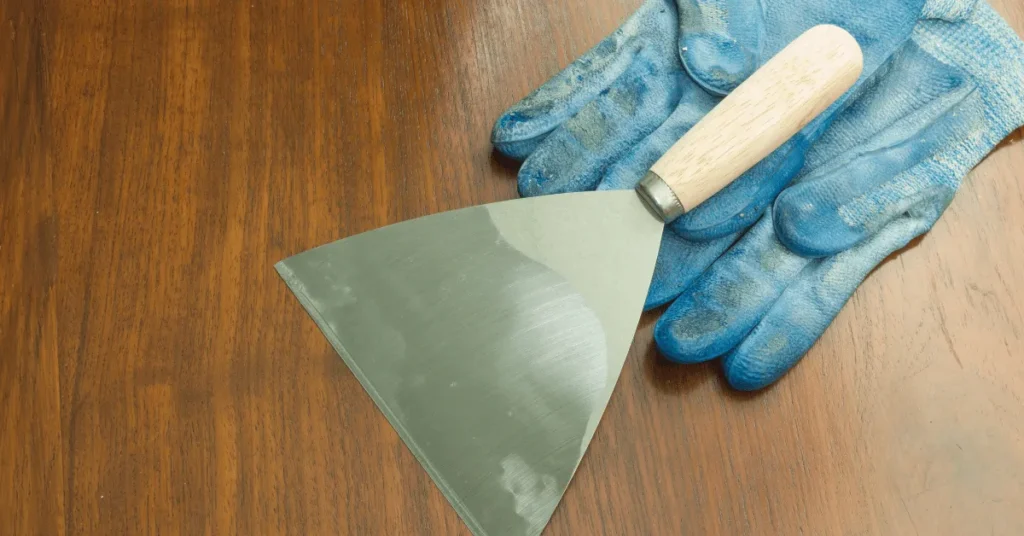
Wood filler’s the champ for fiberglass – sticks better, fixes those little holes, and makes things super smooth.
So, bottom line: When it’s fiberglass time, skip the wood putty and roll with wood filler. It’s your ticket to a stellar project!
Can you use body filler on fiberglass?
When it comes to slapping on some body filler over fiberglass, it’s not exactly the top pick. You see, body filler, aka bondo, is the go-to for fixing up your ride’s dents and blemishes, but it’s mainly a metal thing.
Now, some folks might think, “Hey, why not try it on fiberglass?” Well, hold your horses!
Fiberglass and metal are like apples and oranges – they’re not quite the same. Trying to get that body filler to stick on fiberglass might make it throw a fit. You’re talking poor adhesion, potential cracking, or even peeling off over time.
So, if you’re messing with fiberglass, go with the right tools for the job. Think epoxy-based fillers or polyester resins. These bad boys are tailor-made forfiberglass, ensuring they stick around and stand up to the test of time.
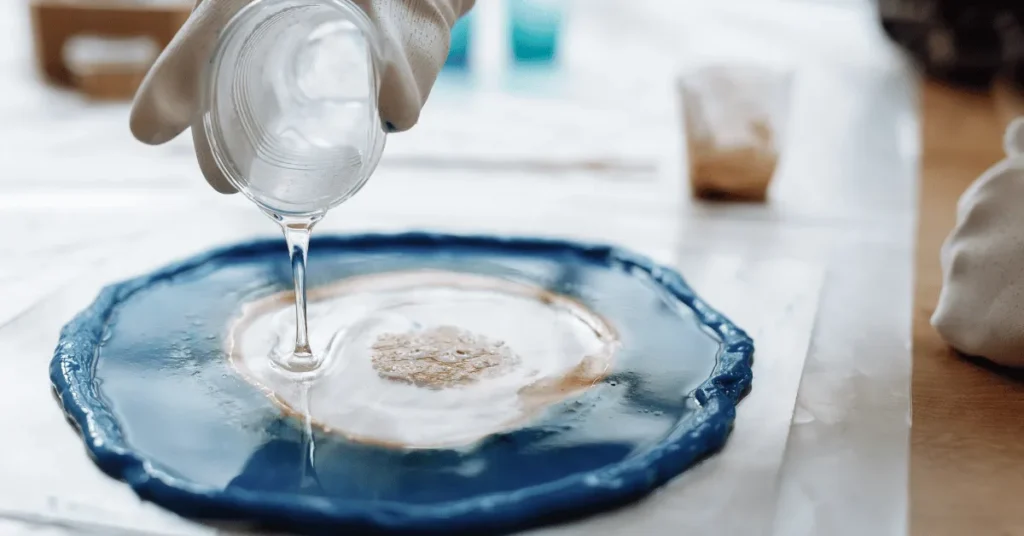
Use the right stuff for the job, and your repair will last forever.
Important FAQs
While wood filler can be effective for small imperfections, it may not provide the necessary strength for larger repairs or structural issues. For significant damage, it’s best to use epoxy-based fillers or polyester resins specifically designed for fiberglass repairs.
Yes, sanding the wood filler after it has dried is crucial to achieve a smooth and seamless finish. Sanding helps blend the filled area with the rest of the fiberglass surface and ensures a polished appearance.
Yes, you can use wood filler on outdoor fiberglass surfaces. However, make sure to choose a high-quality wood filler that is designed to withstand outdoor conditions, including exposure to sunlight and moisture.
The drying time for wood filler can vary depending on the product used. It’s essential to follow the manufacturer’s instructions for the specific wood filler you’re using to ensure proper drying and curing.
Yes, once the wood filler has dried and sanded, you can paint over it to match the color of the surrounding fiberglass. Be sure to use paint compatible with both wood and fiberglass materials for the best results.
Yes, some manufacturers offer eco-friendly wood fillers made from renewable or recycled materials. If eco-friendliness is a priority for you, look for products labeled as environmentally friendly or biodegradable.
Using wood filler on fiberglass for underwater or marine repairs is not recommended. Instead, opt for marine-grade epoxy-based fillers or resins that are specifically formulated for submerged applications.
Yes, you can use wood filler on fiberglass surfaces with a glossy finish. However, it’s essential to lightly sand the glossy surface before applying the filler to ensure better adhesion.
Final Thoughts
You can totally use wood filler on fiberglass surfaces to patch up those small imperfections and holes. It’s a solid choice for fixing up minor dings and dents, and it does the job pretty well when you do it right.
But, if you’re dealing with bigger fixes or serious structural stuff, you’re better off checking out some other options made just for fiberglass.
Think epoxy-based fillers or polyester resins. These materials stick better and last longer, making them a smart pick for tougher repairs on fiberglass surfaces.
When you’re dabbling with wood filler on fiberglass, don’t forget to play it safe. Make sure you’ve got some fresh air around, gear up with protective stuff, and steer clear of any skin-to-filler contact while it’s still wet.
Getting your surface ready and picking the right wood filler that plays nice with both wood and fiberglass is key. That way, you’ll ensure your repair job goes off without a hitch.
When you’re talking about plugging holes in fiberglass, the top dogs are epoxy-based fillers and polyester resins.
They stick like glue and stand the test of time. Just follow the manufacturer’s instructions for curing and sanding, and you’ll have a sleek and seamless finish in no time.
And if you’re wondering whether to go for wood putty or wood filler for your fiberglass gig, go with wood filler. It sticks better and knows how to handle all sorts of surfaces, even fiberglass.
Images by Canva.com
Can You Put Screws in Wood Putty?
Unlock the secrets of woodworking with wood putty in our latest article, “Can You Put Screws in Wood Putty?” Dive into the world of woodworking and discover how wood putty can be a game-changer in enhancing your woodworking projects. Learn valuable techniques and tips to elevate your craftsmanship. And if you’ve enjoyed our previous article on using wood filler on fiberglass, you won’t want to miss this next one! As you’ve already embarked on your DIY journey, continue reading to expand your woodworking skills. Don’t miss out – read on and take your woodworking to new heights!
